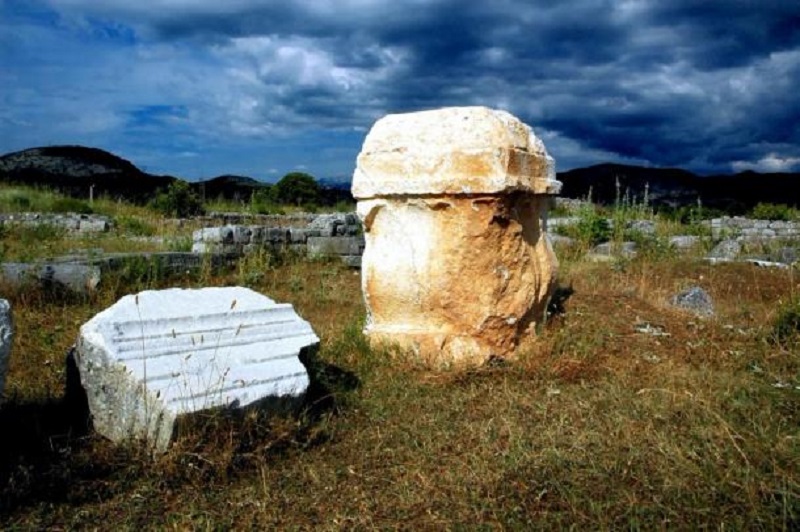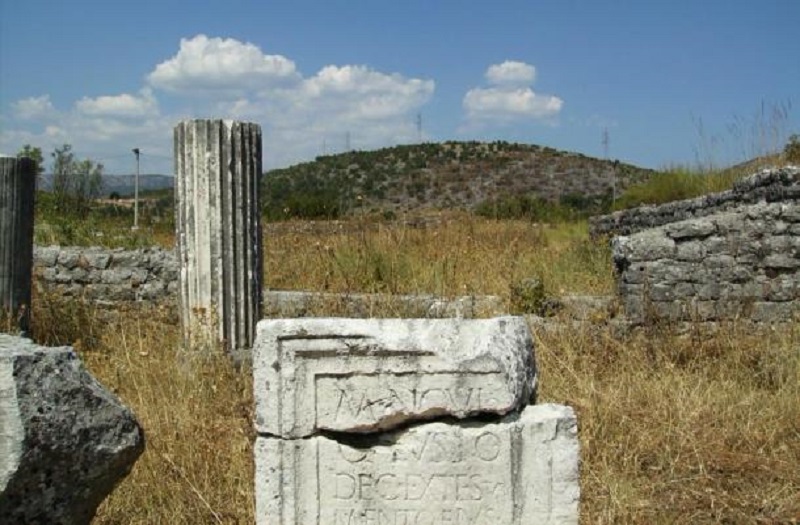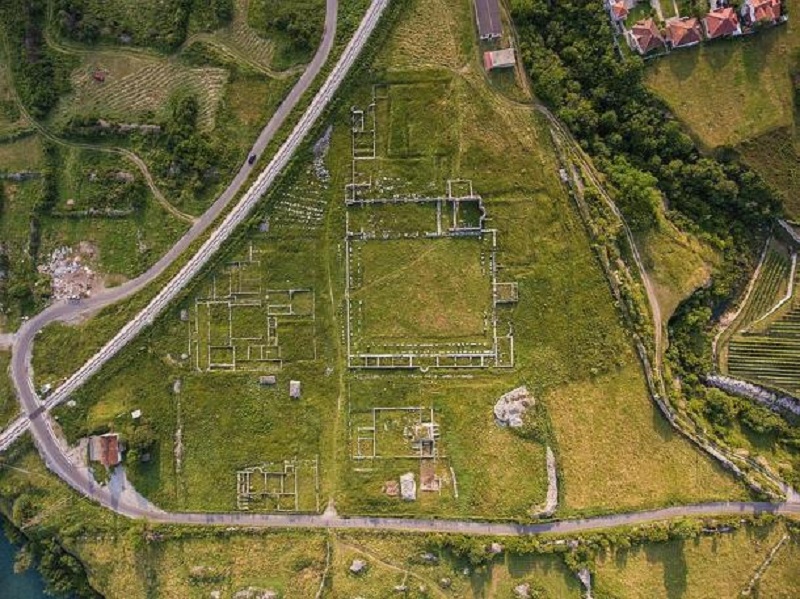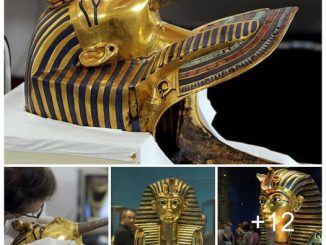Montenegro is a relatively new country, having only gained independence in 2006. This small country is located on the coast of the Adriatic Sea and has many fascinating historical sites. One of the most important of these is Doclea, which houses Roman and Byzantine ruins and was once an important urban center. The site is currently a candidate for inscription on UNESCO’s prestigious World Heritage List.
The long history of Doclea, Montenegro
The Illyrians, the original inhabitants of the area, built a small town in the 3rd century BC and are believed to have been home to 10,000 people. In the 2nd century BC, the area was annexed by the Romans. The town was rebuilt along Roman lines and given municipal status during the reign of Emperor Domitian, giving residents Roman citizenship while generally living according to their own laws and customs. By the 2nd century AD, it became the capital of the local province and its population soared to 40,000.
Detail of a Roman inscription, Doclea Source: Bazovic, V /CC BY-NC-NC 2.0
Devastated by the Visigoths in the 5th century, Doclea fell into decline. In 518 AD, the town was heavily damaged by an earthquake. Doclea was revived during the reign of the Byzantine Emperor Justinian the Great and became an ecclesiastical center.
During the invasions of the Slavs and Avars, Doclea once again declined until it was little more than a small settlement. However, the city continued to be an important ecclesiastical center and seat of the bishop.
Doclea later became the capital of the Doclean kingdom, a small Serbo-Croatian polity that became an important cultural center. It was later annexed to the Kingdom of Montenegro and abandoned at an unknown date. This site was first excavated in the 1900s and many treasures were found here.
Discoveries at Doclea, Montenegro
Doclea is surrounded on three sides by the river forming a natural fortress. Most of the remaining ruins date back to Roman times. Doclea is a typically planned Roman town and its central area can still be distinguished from the stones and broken colonnades that dot the landscape.

Roman ruins at Doclea ( Boris Djuranovic / Adobe Stock)
The remains of the forum, basilica and thermal baths can be seen. Some stones carved with elaborate images and motifs remain in their original positions, as do many stones with inscriptions.
A ruined temple measuring 150 feet (50 m) by 120 ft (40m) was dedicated to the Roman gods. In front of it is a large space (first atrium) paved with stone slabs and the inner chamber of the temple can still be seen. This temple was converted into a glass factory after the rise of Christianity and the ruins of this workshop can also be seen.
Parts of the original Roman ramparts still exist, and outside the old city, ruins of villas that were once home to Doclea’s elite from the 1st to 5th centuries AD remain. exist. There are many other architectural remains found at the archaeological site, as well as several monuments from the Byzantine and Medieval periods, largely consisting of stone inscriptions.
Doclea’s cemetery
At one time, two cemeteries covered this area, one in the west of the city and one in the southeast. Archaeologists have excavated two burial sites dating back to the Roman period, specifically from the 1st century BC to the 2nd century AD. About 300 graves have been found here and most have not been looted.
The cremated remains of the deceased were found in graves along with many burial objects, including jewelry, toilette bottles, dishes, coins, and even glassware. There are several fine examples of domed tombs and one was found decorated with Jewish symbols, including a menorah. In the western burial area, the mausoleum was built of brick and stone and was most likely the tomb of the lower class.
Visit Doclea in Montenegro
The archaeological site is just a few miles north of Podgorica, Montenegro’s capital. Although there is no public transport to this site, entry is free and walking around the site is quite extensive.
Aerial view of Doclea (Mcipovic/ CC BY-SA 4.0 )
There are currently no tour guides in the ruined city and only a limited number of information boards. Until recently, this historic location was neglected and somewhat damaged by the adjacent railway line and several towers.
In recent years, the Montenegrin government has invested in the site and there are hopes that it will be turned into an archaeological park.




